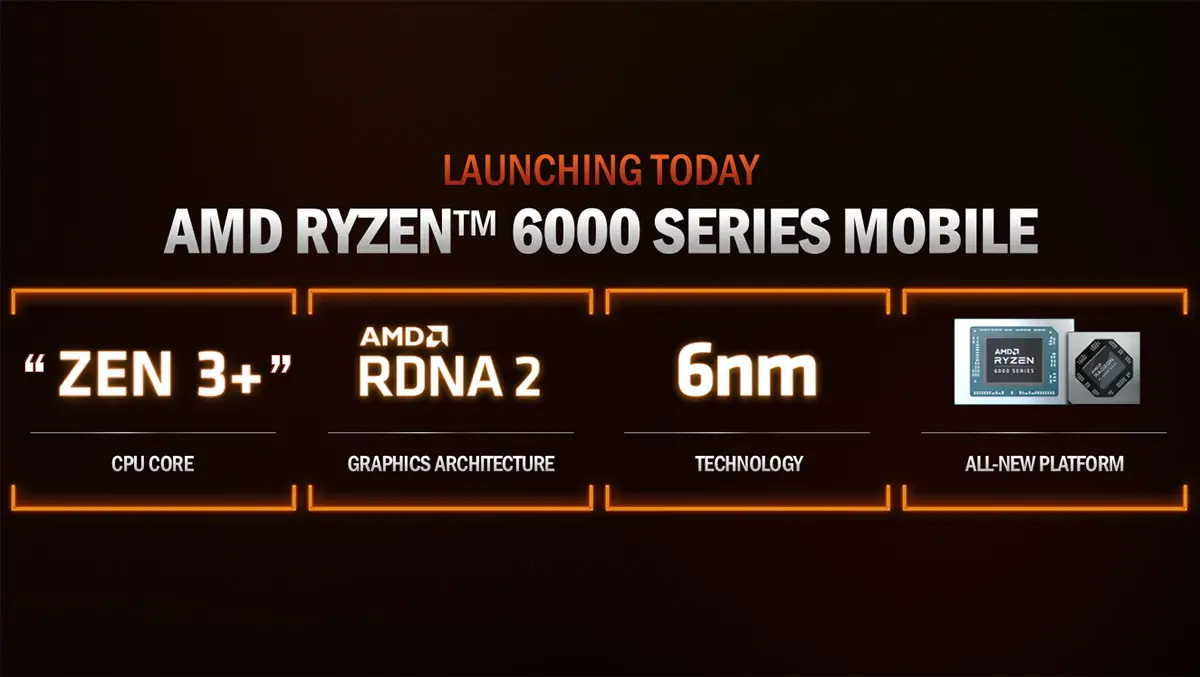The core graphic of the Ryzen 6000 series mobile processor can have up to 12 sets of RDNA 2 CU units and supports hardware-level ray tracing. This is the first core graphic that supports optical tracking. The GPU frequency can reach up to 2.4GHz, and thanks to the latest DDR5 memory, the memory bandwidth is increased by 50% compared to the previous generation, and this core graphic also supports AMD FSR, which can further improve game fluency.
In terms of peripheral interfaces, Rembrandt supports the latest USB4 interface with a bandwidth of up to 40Gbps. There are 20 PCI-E 4.0 channels, of which 8 are used to connect to a dedicated display, 4 are used to connect to an NVMe SSD, 4 are general-purpose PCI-E, and 4 can be used for NVMe or SATA interfaces. The memory controller can support LPDDR5-6400 or DDR5-4800, support the WiFi 6E solution cooperating with Qualcomm and MediaTek, support HDMI 2.1 and DisplayPort 2 interfaces, and support AI noise reduction to filter background noise.

Ryzen 6000 series notebook processors include a total of 8 H series processors and 2 U series processors. There are only 8 cores and 6 cores, and no 4-core products, and this time the core display is directly drawn into 12 groups of CU and 6 groups of CU, and there are no other intermediate products. In addition, there are three new Ryzen 5000U series processors, the Barcelo mentioned earlier, which is not much different from the existing Cezanne.
In terms of performance, the video editing efficiency of the Ryzen 7 6800U is 1.7 times that of the previous generation Ryzen 7 5800U, the 3D rendering efficiency is 2.3 times, and the game performance is twice the performance. The performance improvement is very obvious.











